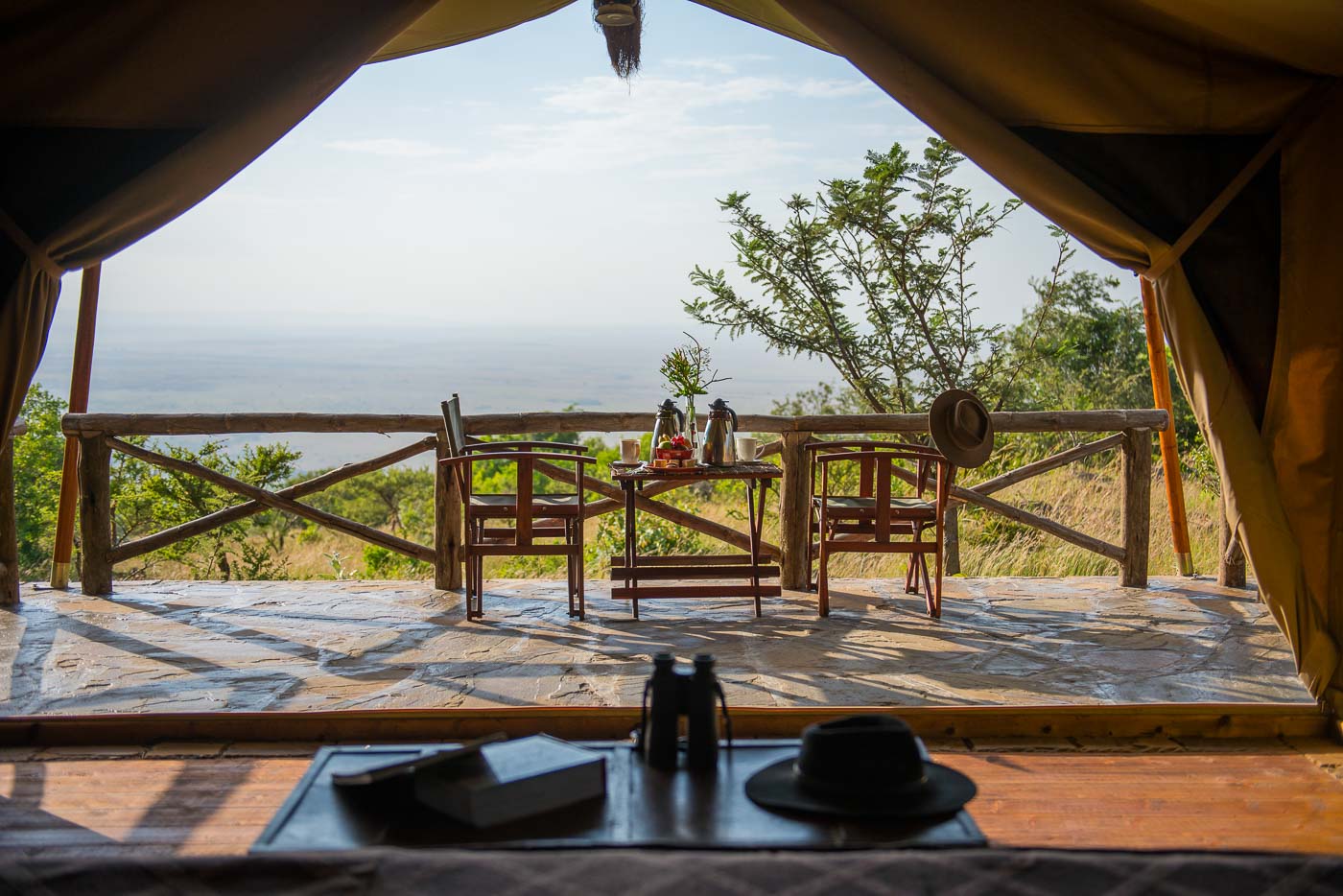I didn’t know “quiet” was a sound until I stayed at Rolling Huts. Set deep in Washington State’s backcountry where the Cascades tumble into the Methow Valley, a herd of six huts graze in an open meadow.
As a city-slicker who relishes in outdoorsy weekends, the Olson Kundig Architects-designed Rolling Huts have become one of my go-to glamping muses. They bring an industrial-chic aesthetic you might expect to see in a dot.com billionaire’s home to the countryside. Think: Basic-yet-bright bungalows built as a contemporary alternative to camping.

High on functionality and design, and low on frills, the modular masterpieces—so fetching they could grace the cover of Architectural Digest—feature a minimalist interior with a cozy sleeping section, as well as a main room flanked by an outdoor deck and a basic food prep nook. Here, a set of building block-style moveable seats also double as an extra sleeping platform for kids or friends.
The creative placement of the herd’s personal bathrooms and water source is where Rolling Huts’ glamping grade goes from A to A+. In an effort to maintain a low environmental impact, each hut has a private outhouse accessible via the deck. As for where to find the Cascades’ glacier water? Well, it wells up from the land in a faucet at the base of each unit. (Clean freaks don’t fret: If you crave a little more pampering, like me, a main bathhouse with sinks and showers is a short stroll away.)
Wanting a taste of Washington’s most progressive glampers, I visited in the summer with my husband and our four-legged fur-child. Totally enamoured with every detail of the mod campers, we spent a lot of time photographing every steel and plywood detail pretending we were in-demand photographers on “a shoot” for a magazine.

Despite the basic kitchens, we ate in every evening. Nightfall was too beautiful to leave as the alpenglow-effect turned the distant mountains a shade of pink—a spectacle we watched from our balcony while drinking Pacific Northwest wine.
In the morning we worked off our vino biking along part of the region’s impressive 120-mile trail system to breakfast at The Mazama Store. Offering a grocery bag full of organic goods, gifts, espresso, wine, and fresh-baked goodies, I will never forget their strawberry scones topped in coarse sugar. Due to these scones, biking to and from the store became part of our morning commute, which we also used as an opportunity to pick up food for the rest of the day including local cheeses and fresh-baked sel de mer baguettes.
Back at “the ranch” over wine, cheese, baguettes, and the quietness of the Methow Valley, we started planning our return—one visit only whet our palate for more—this time in the winter to cross-country ski along the same trails by day, and retreat into our personal warming hut by night.
Insider Information
– If you like a cushy mattress bring extra padding for the foamy provided in each hut. You’ll need sheets and a duvet, too.
– Along with a bar fridge, microwave, and coffee maker, basic kitchenware is provided. If you want to take your meal into Michelin territory, bring tongs, a cheese grater, and wine glasses.
– There is a central barbecue area for cookouts. If you don’t feel like cooking, find a restaurant onsite.
– Several hundred feet beyond the huts, the same property also features 15 safari-style canvas tents in case you crave a more rustic form of glamping.










